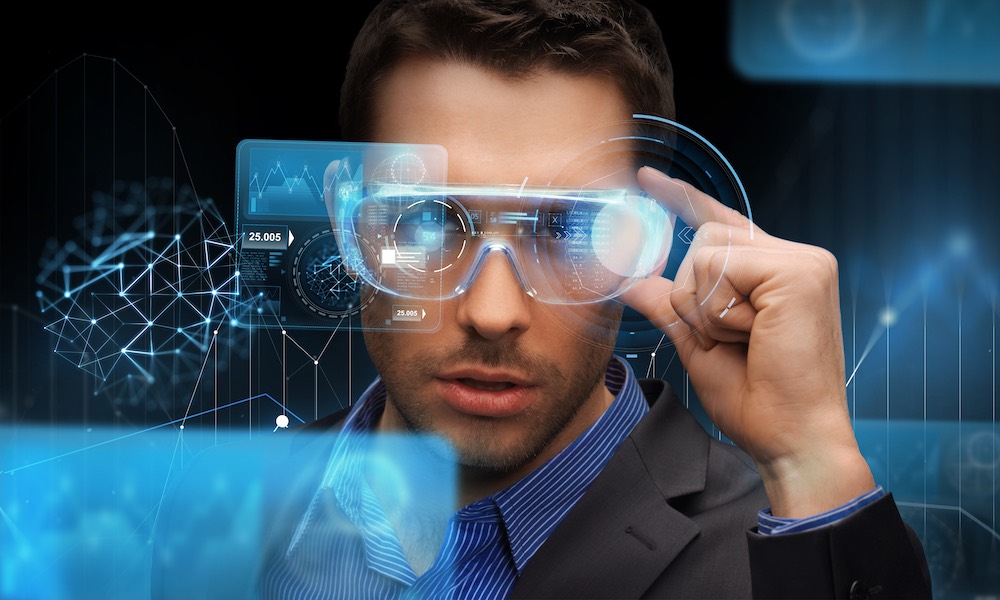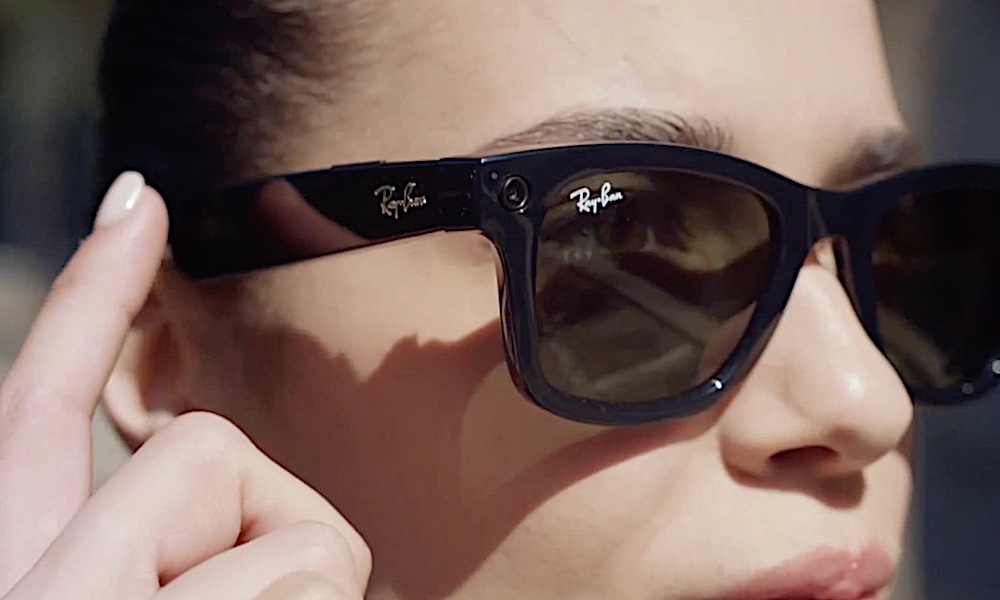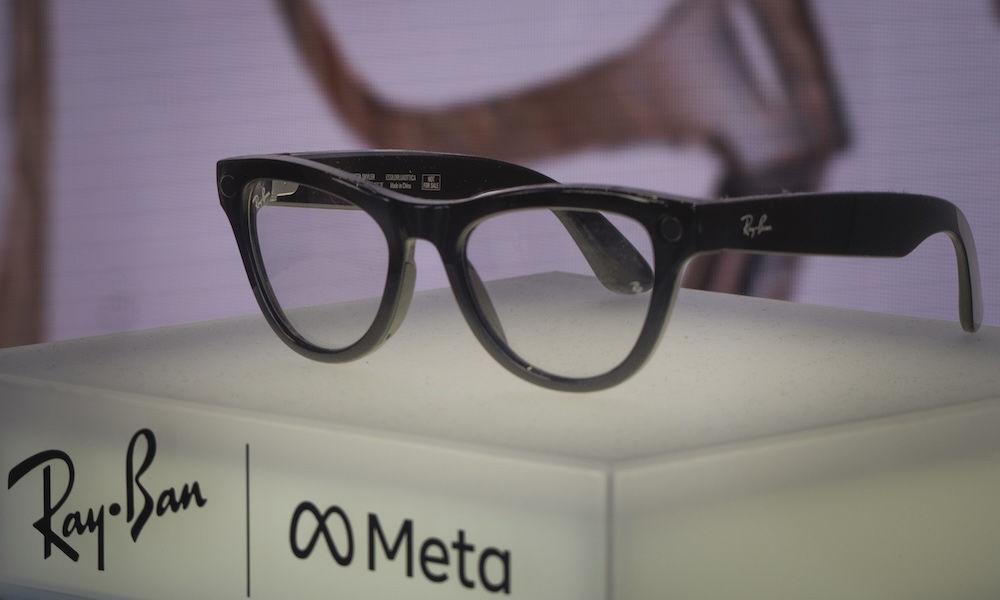‘Vision Air’ Shelved as Apple Doubles Down on Smart Glasses
 Juliana Valkovskaya / Adobe Stock
Juliana Valkovskaya / Adobe Stock
Toggle Dark Mode
While a new version of Apple’s $3,500 Vision Pro is expected to arrive in the next few months, it could be much longer before we see a more affordable sequel. That’s according to a new report from Bloomberg’s Mark Gurman, whose sources say Apple is shifting gears to focus on getting new smart glasses ready first.
Even before Vision Pro was unveiled, reports hinted that Apple had a two-tier headset strategy in mind: a premium model alongside a lighter, more affordable model that some eventually dubbed the “Vision Air.”
This lower-cost version was recently thought to be on track for release in 2027. However, Gurman reports that Apple has now reassigned many of the engineers working on N100 to accelerate the development of its smart glasses. This shift effectively put the Vision Air on the back burner, leaving only a modest Vision Pro refresh — likely powered by an M4 or M5 chip — in the near-term pipeline.
The company had been preparing a cheaper, lighter variant of its headset — code-named N100 — for release in 2027. But Apple announced internally last week that it’s moving staff from that project to accelerate work on glasses, according to people with knowledge of the matter.
Mark Gurman
Although the rumor mill was once enamored with the dream of Apple Glass — a set of magical augmented reality glasses that some once expected to arrive in 2019 — these never progressed past the preliminary “architecture” stage. By 2022, Apple had shelved the AR glasses project to focus on bringing the Vision Pro to market, tacitly acknowledging that the technology simply didn’t exist outside of sci-fi movies.
Now, Apple appears to be focusing on an even more pragmatic roadmap. It’s reportedly been working on smart glasses for a while, but it’s still being outpaced by rivals like Meta, which has been churning out affordable smart glasses that are already practical for mainstream users, while Apple has seemingly been fixated on moonshot projects like AR glasses. Even Meta’s VR headsets may pale in comparison to the Vision Pro, but they do a better job of meeting consumers’ needs for both performance and price.
As Meta has already proven, smart glasses are considerably less ambitious, and Apple should have no problem achieving a much simpler design. However, it also appears to be starting from behind after having spent so much energy focusing on more futuristic technology.
Apple’s first step will be a product code-named N50: a display-less pair of smart glasses designed to pair with an iPhone and offer features similar to Meta’s Ray-Ban Stories. These would likely include hands-free photo and video capture, built-in microphones for Siri and calls, and open-ear audio playback. Gurman’s latest report suggests N50 could be unveiled as soon as next year, although it may not ship until 2027.
Meta released its first smart glasses in 2021, with a second-generation model in 2023 that leaned more heavily into live-streaming and Meta AI, and it just released new display-equipped smart glasses last month. Although those are still limited to showing texts and alerts, that still puts it way ahead of the curve. While Apple also plans to release its own display version, that wasn’t initially expected until 2028. It’s no small wonder that Apple feels the need to shift its resources and accelerate its schedule.
Nevertheless, Apple has a long history of not being the first in a product space. When it does finally release its own version of a product, it usually finds ways to differentiate it from the competition.
There’s no reason to believe that smart glasses will be the exception. Apple’s smart glasses will undoubtedly blend seamlessly into the Apple ecosystem, from Apple Intelligence (which should be much farther along by the time they’re released) to handoff and continuity features with iPhone, Mac, Apple Watch, and AirPods.
They could also support health features like heart rate tracking, AirPods-like sound quality with Spatial Audio and head tracking, and power new accessibility features. There’s also little doubt that they’ll be slimmer, lighter, and more stylish than Meta’s chunky Ray-Bans, and likely offer longer battery life.
Then there’s the privacy angle, where Apple and Meta exist at the very opposite ends of the spectrum. Apple is obsessive about privacy as a “fundamental human right,” whereas Meta has frequently been caught with its hands in the privacy cookie jar and shown that it has no problems bending or breaking rules to hoover up user data.
The bottom line is that while Apple may be arriving late to the smart glasses game, that’s seldom been a disadvantage for the company. After all, the iPod, iPhone, and Apple Watch all provide good examples of Apple taking existing concepts and turning them into successful mainstream products. With a more mature Apple Intelligence, privacy-first design, and seamless integration across the ecosystem, Apple’s smart glasses could easily become something transformative. If history is any indication, Apple doesn’t need to be first — it just needs to make the kind of glasses people actually want to wear.
[The information provided in this article has NOT been confirmed by Apple and may be speculation. Provided details may not be factual. Take all rumors, tech or otherwise, with a grain of salt.]










